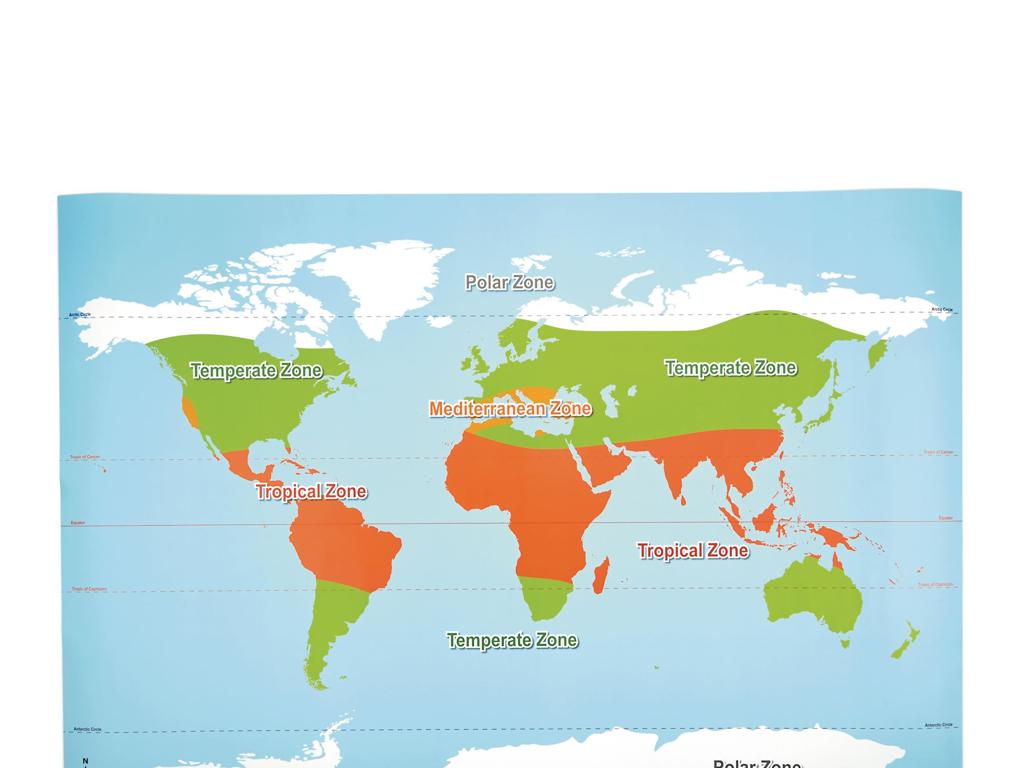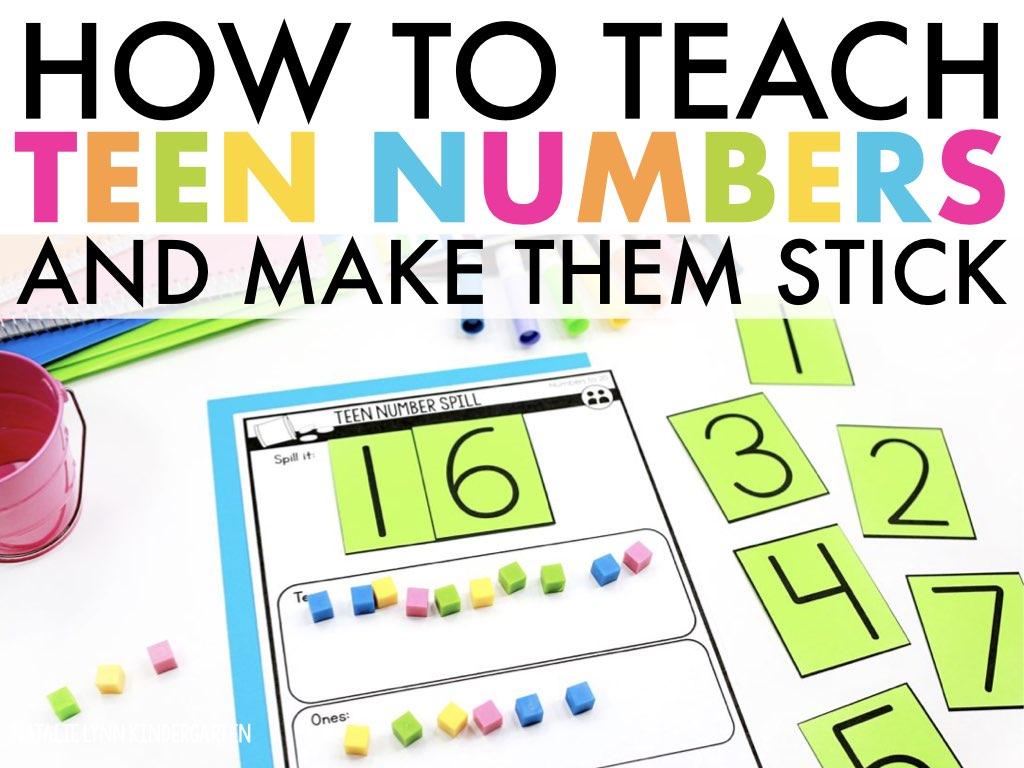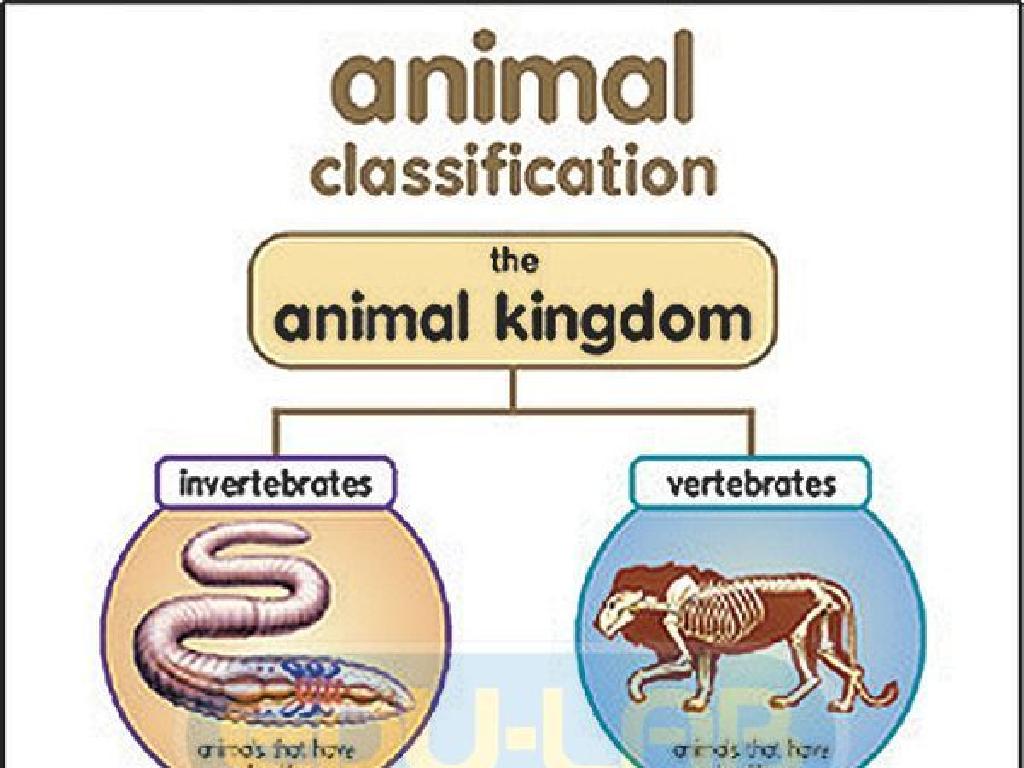Choose The Picture That Matches The Setting Or Character
Subject: Language arts
Grade: Second grade
Topic: Theme
Please LOG IN to download the presentation. Access is available to registered users only.
View More Content
Today’s Adventure: Exploring Themes!
– What’s a theme in a story?
– Themes are big story ideas
– Like friendship, courage, or adventure
– Examples of themes
– Love conquers all, good vs. evil
– Finding themes in pictures
– Look at pictures, guess the story’s theme
|
Begin the class by introducing the concept of a theme, which is the underlying message or the big idea of a story. Explain that themes are important because they give deeper meaning to the story and can teach us valuable lessons. Use simple and relatable examples to illustrate common themes such as friendship, bravery, or the concept of good triumphing over evil. To make the lesson interactive, show students various pictures and ask them to guess the theme of the story depicted in the image. This will help them understand how to infer themes from visual clues, setting the stage for identifying themes in text as they progress.
Exploring Story Settings
– What is a story setting?
– It’s the place and time of the story events.
– Settings can be anywhere!
– Imagine a castle or a beach.
– Settings can be anytime!
– Could be the past, present, or future.
– Examples: forest, outer space
– Think of a story in a forest or in space.
|
This slide introduces the concept of setting in a story to second-grade students. Begin by explaining that the setting is the backdrop of the story, where all the action takes place, and it includes both the location and the time period. Use visual aids like pictures of a forest or outer space to help students visualize different settings. Discuss how settings can vary widely, from a familiar place like their own school to somewhere fantastical like a distant planet. Emphasize that the setting can also be a time, such as in the past during the time of dinosaurs, or in the future with flying cars. Encourage students to think of their favorite stories and the settings in those tales. This will help them understand how the setting shapes the characters and the story’s events.
Meet the Story Characters
– Characters: heart of the story
– Characters can be people or animals
– Think of your favorite animal stories
– Characters have different traits
– Traits are qualities or features
– Some are brave, others are funny
– Like superheroes being brave or clowns being funny
|
This slide introduces the concept of characters in a story to second-grade students. Characters are essential as they drive the story’s action and engage the reader’s imagination. Use examples from familiar stories to illustrate different types of characters, such as people or animals, and their traits. Discuss how characters can have various qualities, such as bravery or humor, which make them unique and interesting. Encourage students to think of their favorite stories and the characters within them, discussing what makes those characters special. This will help students in understanding how to identify characters and their traits in the stories they read.
Matching Game: Discover the Setting
– Match pictures to settings
– Use picture clues for settings
– Look at the background, objects, and actions in the picture
– Discuss why matches are correct
– Share your thoughts with the class on your choices
– Have fun with settings!
– Remember, settings can be places like a beach, forest, or city
|
This slide introduces a class activity focused on understanding settings in stories. The activity will help students recognize different settings by matching pictures to the appropriate backdrop. Encourage the students to look for clues in each picture, such as the environment, objects present, and what characters are doing, to infer the setting. After matching, students should discuss their reasoning, which reinforces their understanding of the concept of setting. This interactive activity not only aids in comprehension but also makes learning about settings enjoyable. For the teacher: Prepare a variety of pictures that depict clear settings and ensure each student has a chance to participate. Consider using pictures of a park, a classroom, a beach, a snowy mountain, etc. After the activity, discuss as a class why each picture matches its setting.
Matching Game: Characters
– Let’s match pictures with characters
– Think about character descriptions
– What words describe the character? Tall, short, happy, sad?
– Choose the picture that fits best
– Look at the pictures, which one looks like the character in the story?
– Explain why you chose that picture
– Share your thoughts with the class on your choice
|
This slide is for a class activity where students will engage in a matching game to connect characters with their corresponding images. Encourage the students to think about the character’s traits, actions, and descriptions provided in the story. They should use these details to infer what the character might look like and select the most appropriate picture from the options given. After making their selections, ask the students to explain their choices, reinforcing their understanding of the character and the importance of details in a story. Provide guidance and positive feedback as they share their reasoning with the class.
Discovering Themes in Stories
– Themes show the story’s main message
– Examples of common themes
– Friendship, courage, adventure are some themes
– Matching pictures to themes
– Pictures help us connect with the theme
– Activity: Choose the right picture
– Pick a picture that shows friendship or bravery
|
This slide introduces the concept of themes in literature, which are the underlying messages or main ideas that authors convey through their stories. Common themes such as friendship, courage, and adventure are easily relatable to second graders. Use examples from well-known children’s books to illustrate these themes. For the activity, provide students with a selection of pictures and ask them to choose the one that best matches a given theme. This will help them understand how to identify themes and relate them to visual representations. Encourage discussion about why they chose a particular picture and how it represents the theme of friendship or courage, for example.
Class Activity: Create Your Story Theme
– Pick a setting for your story
– Choose a character
– Decide on a story theme
– A theme is the main message or lesson of the story
– Draw your story’s picture
– Show us your setting, who’s in it, and what’s happening
|
This activity is designed to help students understand the concept of a theme by creating one for their own story. Start by explaining that a setting is where the story takes place, like a forest or a beach. Then, have them choose a character, which could be an animal, a person, or even an object. Discuss what a theme is – the big idea or message of the story, such as friendship or courage. Provide drawing materials and encourage creativity as they illustrate their setting, character, and theme. Possible variations for different students could include creating a comic strip, writing a short paragraph about their theme, or even acting out their story. This will cater to different learning styles and keep the activity engaging.
Share Your Story: Picture Presentation
– Present your chosen picture
– Describe the setting and character
– Talk about where and when the story happens, who is in the picture
– Explain the theme of your picture
– What’s the main message or idea you found?
– Listen to classmates’ stories
– Pay attention and learn from others’ pictures and themes
|
This slide is for a class activity where students will share the pictures they have chosen that represent a setting or character from a story. They will explain why they chose that particular picture and what theme it represents. Encourage students to speak clearly and confidently while presenting their picture to the class. They should describe the setting and character in detail and articulate the theme they have identified. After presenting, students will listen to their peers’ presentations, which will help them understand different perspectives and interpretations of themes. The teacher should facilitate the discussion, ensuring each student has a chance to present and to listen, fostering a respectful and engaging learning environment.
Review and Reflect: Understanding Themes
– Recap on themes in stories
– Settings and characters reveal themes
– Settings: where/when a story takes place; Characters: who is in the story
– Think of a theme from a familiar story
– Example: ‘Friendship’ in ‘Charlotte’s Web’
– Share your thoughts with the class
|
This slide aims to consolidate the students’ understanding of themes in literature. Begin by reviewing what a theme is – the central message or lesson of a story. Discuss how the setting and characters contribute to the development of a theme, providing a backdrop and experiences that support the message. Encourage students to think of a theme from a story they are familiar with, such as friendship, courage, or kindness. Ask them to share their thoughts and provide examples from the story to illustrate the theme. This reflection will help them recognize themes in new stories they read.






